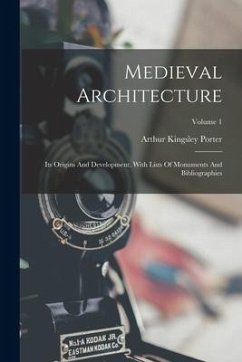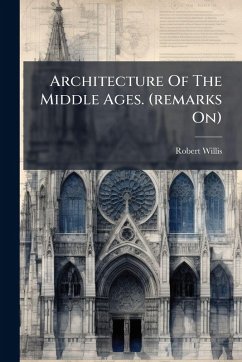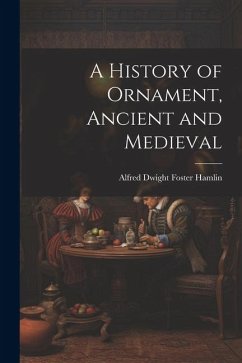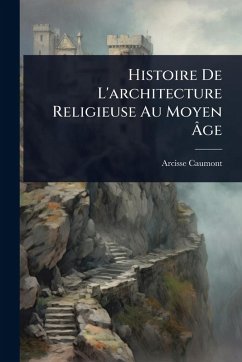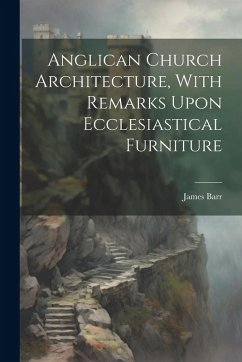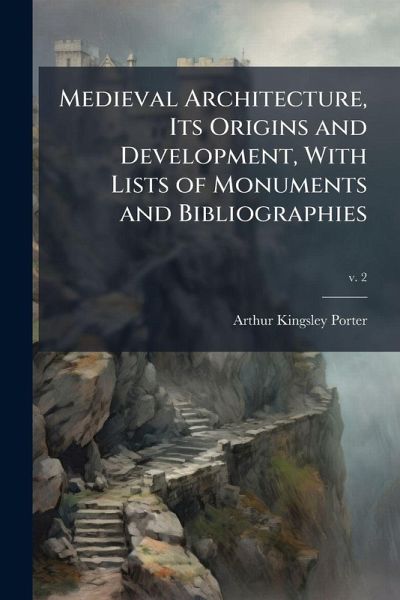
Medieval Architecture, Its Origins and Development, With Lists of Monuments and Bibliographies

PAYBACK Punkte
16 °P sammeln!
Medieval Architecture, Its Origins and Development, Volume 2, by Arthur Kingsley Porter, offers a detailed examination of the evolution of architectural styles during the medieval period. This volume explores the key characteristics of Romanesque and Gothic architecture, tracing their development across Europe. Porter's work provides not only historical context but also includes lists of significant monuments and extensive bibliographies, making it an invaluable resource for students, scholars, and anyone interested in the rich architectural heritage of the Middle Ages. This enduring study rem...
Medieval Architecture, Its Origins and Development, Volume 2, by Arthur Kingsley Porter, offers a detailed examination of the evolution of architectural styles during the medieval period. This volume explores the key characteristics of Romanesque and Gothic architecture, tracing their development across Europe. Porter's work provides not only historical context but also includes lists of significant monuments and extensive bibliographies, making it an invaluable resource for students, scholars, and anyone interested in the rich architectural heritage of the Middle Ages. This enduring study remains a cornerstone for understanding the influences and innovations that shaped medieval building practices. This work has been selected by scholars as being culturally important, and is part of the knowledge base of civilization as we know it. This work was reproduced from the original artifact, and remains as true to the original work as possible. Therefore, you will see the original copyright references, library stamps (as most of these works have been housed in our most important libraries around the world), and other notations in the work. This work is in the public domain in the United States of America, and possibly other nations. Within the United States, you may freely copy and distribute this work, as no entity (individual or corporate) has a copyright on the body of the work. As a reproduction of a historical artifact, this work may contain missing or blurred pages, poor pictures, errant marks, etc. Scholars believe, and we concur, that this work is important enough to be preserved, reproduced, and made generally available to the public. We appreciate your support of the preservation process, and thank you for being an important part of keeping this knowledge alive and relevant.



